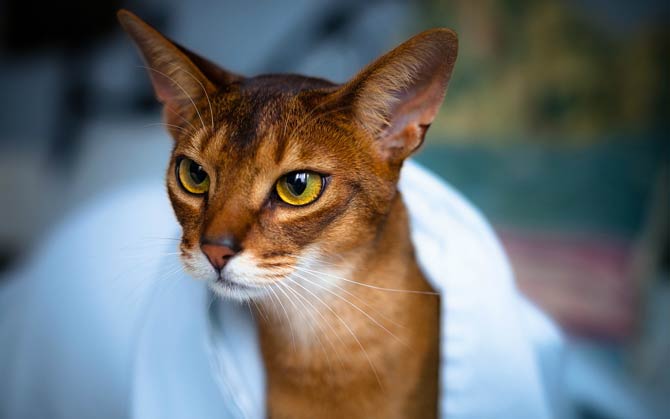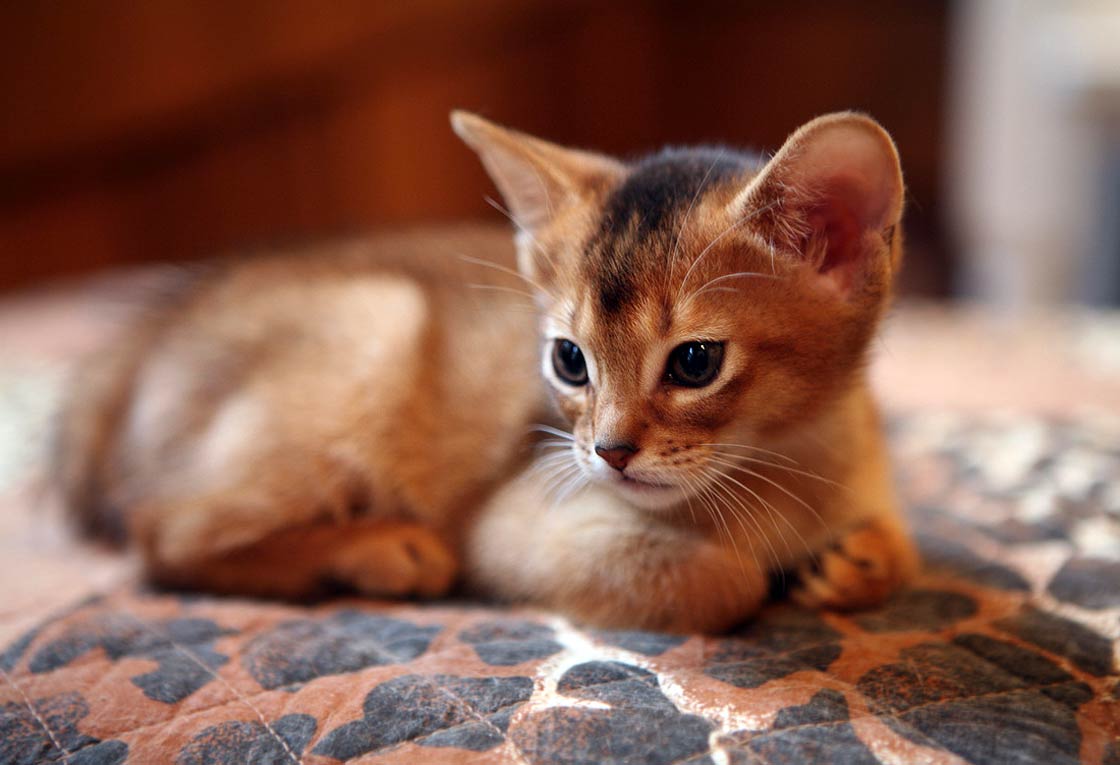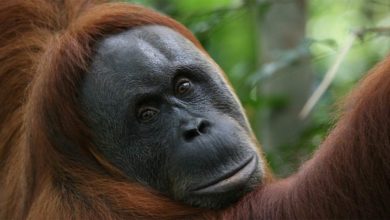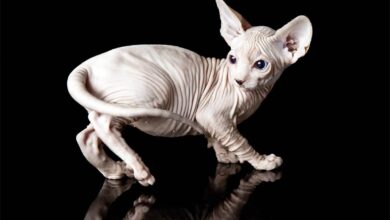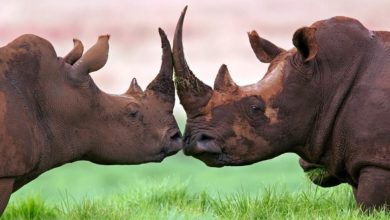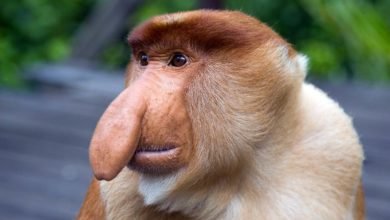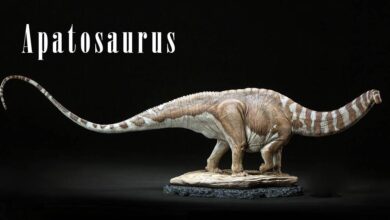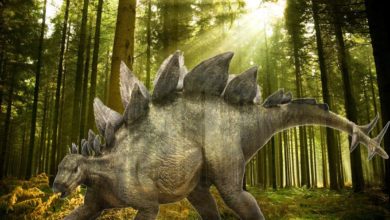Abyssinian cat, Abyssinian, Abys
A crazy representative of domestic cats, whose roots remain shrouded in mystery to this day. The Abyssinian cat – because we are talking about it – is one of those breeds that impresses with its character, but is also very demanding. Abyssinian cat, despite its intelligence, is not suitable for everyone, because its spontaneity can frustrate calm and introverted people.
FIFe classification
- Category III: Shorthair cats
- EMS code: ABY
- Other names: Abyssinian cat, Abyssinian, Abys
- Country of origin: shores of the Indian Ocean – not from Ethiopia
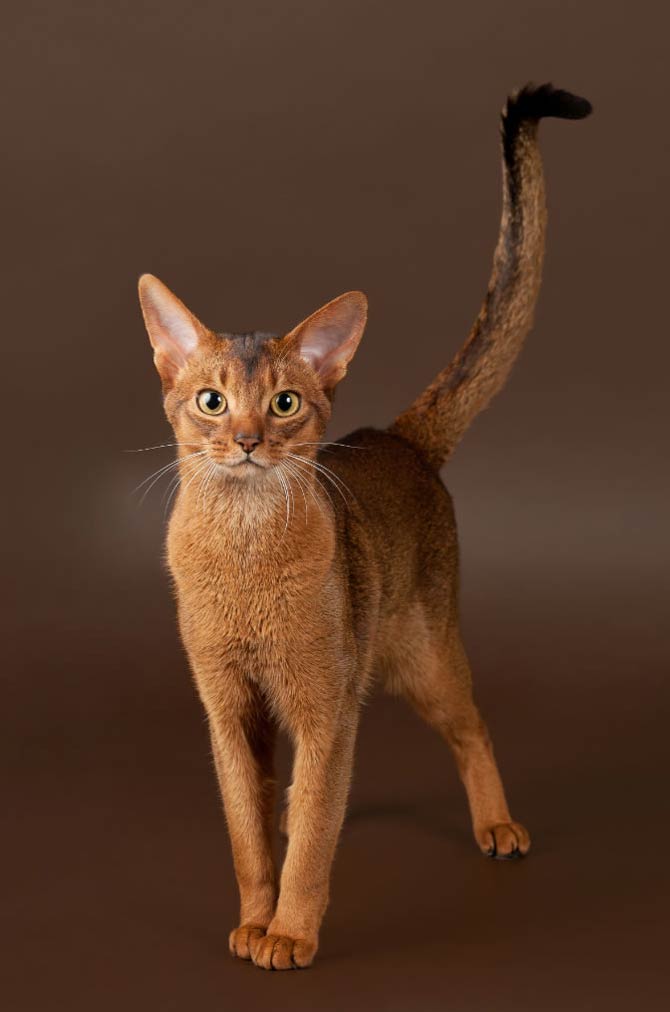
History of the breed
DNA research indicates that the Abyssinian cat comes from the coast of the Indian Ocean and from South-East Asia.
It could appear in Europe thanks to Dutch and British merchants operating in the ports of Calcutta or the islands of Indonesia. In the 18th century, the exotic breed became very popular at shows at the Crystal Palace.
However, it owes its name to one of the show cats named Zula – it was probably brought from Abyssinia (present-day Ethiopia). However, many archaeological discoveries, including jewelry and utensils, suggest that the Abyssinian cat comes from Egypt (more specifically from Alexandria) and several regions from the Indian Ocean. In those areas, many colonizers traded in wild animals.
The breed appeared in the USA at the beginning of the 20th century, but the first breed standards were not developed until the 1930s, when the Abyssinian cats were imported en masse from Great Britain. Thanks to this, the breed survived World War II, because during this period only a dozen individuals survived on the Islands. Nowadays, the Abyssinian cat is one of the most popular breeds.
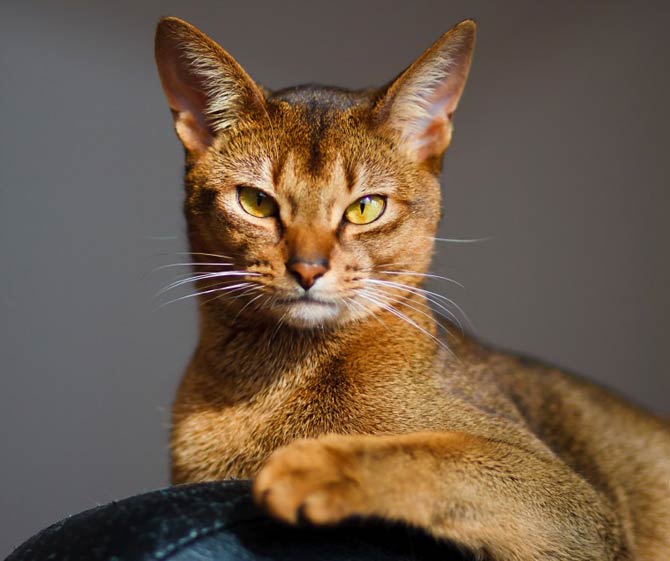
Characteristic
Appearance
The Abyssinian cat is often said to look like it has just been tamed. The reason for this opinion is his puma-like color. Abyssinian cat’s fur changes color depending on the angle of the light. With the right lighting, you can see dark stripes on each hair (the so-called agouti coat). The hair is soft, silky smooth and fine.
The color of the fur varies between tan browns with a hint of red and shades of straw, chocolate and black. Kittens are born covered with dark hair that gradually lightens. In adults, the coat color is uniform throughout the body, but a darker shade occurs along the spine, on the back of the limbs and on the tail.
Less common shades are also found within the breed, such as white, lilac and blue. However, they are not the merit of the Abyssinian, but of the cats with which he was crossed (e.g. Burmese cat).
The head is round, though slightly wedge-shaped. Large, wide ears grow on top of it. In front of the muzzle, there are large, almond-shaped, golden or green eyes. There are dark lines between the eye and the brow. The entire figure is muscular, slim, and even athletic. Thus, the body structure resembles a combination of a stocky Persian cat with a slim Siamese cat. The body is supported by slender limbs made of light, tiny bones. The silhouette ends with a long, tapering tail.
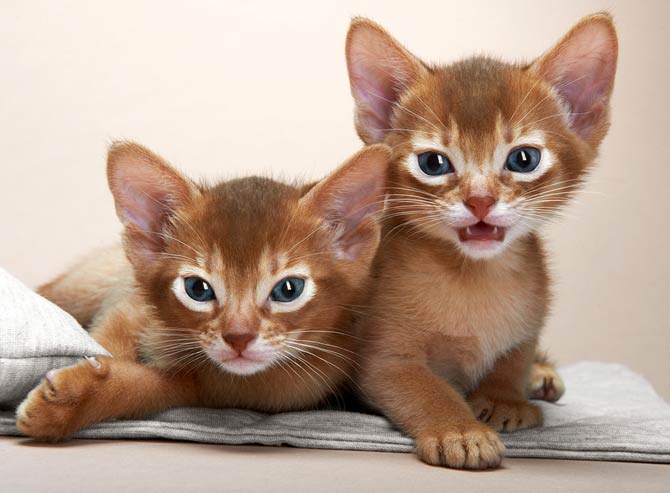
Temperament
Compared to other purebred cats, the Abyssinian cat is an extremely lively animal. Moreover, he is very intelligent and curious, so living with him is an adventure, but also a challenge. Its owner should therefore be a creative, energetic and joyful person.
The Abyssinian’s temperament may surprise. Sometimes it seems that this cat does not sleep at all – it is always on the move, loves to jump, watch, climb and accompany. She loves being in the spotlight. Therefore, if you are too busy working at the computer, the pet will start playing with your fingers dancing on the keyboard.
Since his great passion is fun, the guardian should provide himself and him with various cat gadgets. Balls, feathers, anything that can move will work well.
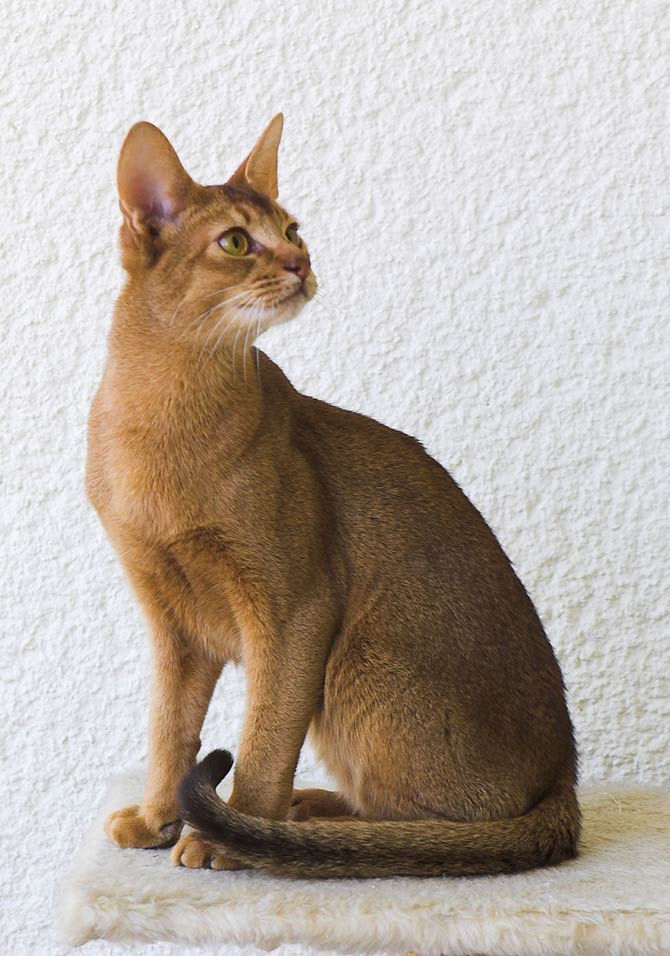
Love of heights
The Abyssinian’s hallmark is his love of heights. He finds a lair at different levels to keep an eye on the whole area. Therefore, a scratching post with many positions would be useful at home. However, if we do not have this large gadget, the cat will be able to find a suitable place. However, since it is not customary to destroy things, do not be afraid of breaking important knick-knacks (unless he does it accidentally …).
An ideal family for an Abyssinian is one that cares about his need for constant attention and mental-motor stimulation. So when all family members are away from home most of the day, the cat should be accompanied by a trusted person or another Abyssinian cat. Left to himself, he will start to mischief in search of interesting activities.
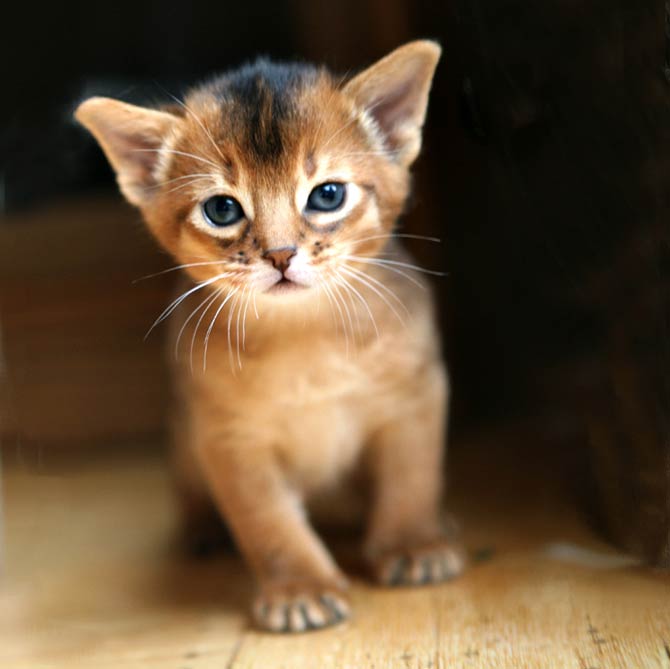
Detailed data and dimensions (size)
Abyssinian cat
- Body length: 30-40 cm (11.8-16.1 in)
- Body length with a tail: 60 cm (23.6 in)
- Weight:
- cats: 3.5 – 5 kg (7.7 – 11 lb)
- females: 2.5-4 kg (5.5 – 8.8 lb)
- Lifespan: 9-15 years
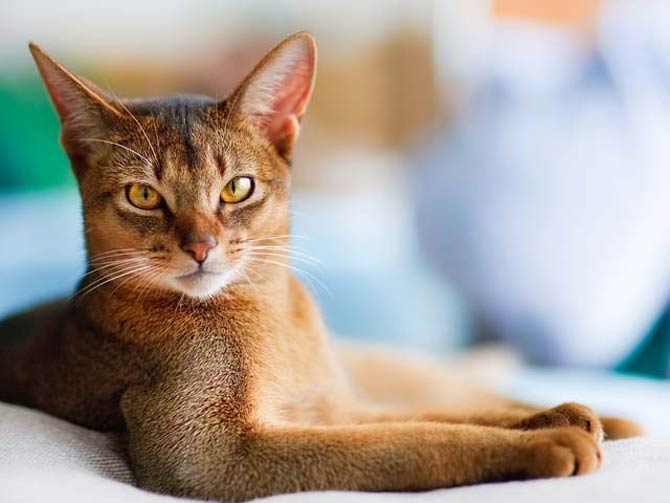
Abyssinian cat – interesting facts
- Abyssinian cat is one of the oldest breeds of domestic cat, but its history is largely a mystery.
- The Abyssinian is intelligent enough to learn to open doors, drawers and wardrobes.
- In episode 500 of the “The Simpsons” series, the Abyssinian cat was presented as an intelligent animal that can change TV channels.
- The breed can be prone to gingivitis, which can lead to more serious periodontitis. Other conditions accompanying the Abyssinian include kidney amyloidosis and retinal degeneration.
- We have personally noticed his incredible courage when, in defense of two small Cavalier King Charles Spaniel dogs, he attacked a medium-sized Siberian husky dog. He was relentless, huffing and scratching. The dog was surprised by this daring attack. The Abyssinian cat was not going to yield.
